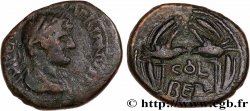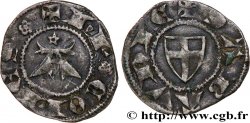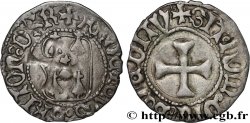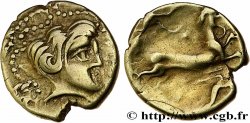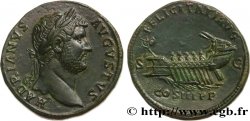Live auction - fme_711941 - HADRIAN Sesterce (Padouan)
You must signin and be an approved bidder to bid, LOGIN TO BID. Accounts are subject to approval and the approval process takes place within 48 hours. Do not wait until the day a sale closes to register. Clicking on "BID" constitutes acceptance of the terms of use of cgb.fr private live auctions.
Bids must be placed in whole Euro amounts only. The sale will start closing at the time stated on the item description; any bids received at the site after the closing time will not be executed. Transmission times may vary and bids could be rejected if you wait until the last second. For further information check the Live auction FAQ
All winning bids are subject to a 18% buyer’s fee.
All winning bids are subject to a 18% buyer’s fee.
| Estimate : | 1 000 € |
| Price : | no bid |
| Maximum bid : | no bid |
| End of the sale : | 08 March 2022 18:47:24 |
Type : Sesterce (Padouan)
Date: 132-134
Mint name / Town : Roma
Metal : bronze
Diameter : 34,5 mm
Orientation dies : 6 h.
Weight : 28,81 g.
Edge : lisse
Rarity : R1
Coments on the condition:
Patine marron avec de l’usure sur les reliefs. Présence de quelques coups et rayures, notamment à l’avers. Bel aspect
Obverse
Obverse legend : HADRIANVS - AVGVSTVS.
Obverse description : Buste drapé et cuirassé, tête nue d’Hadrien à droite, vu de trois quarts en arrière (A*2).
Obverse translation : “Hadrianus Augustus”, (Hadrien auguste).
Reverse
Reverse legend : FELI-CITATI// A-VG // COS III P P/ S C.
Reverse description : Galère voguant à droite avec une partie de la légende sur la voile.
Reverse translation : “Felicitati augusti/ Senatus Consul tertium Pater Patriæ”, (À la Félicité de l’auguste/ consul pour la troisième fois père de la patrie avec l’accord du Sénat).
Commentary
Pour le revers, il existe un nombre très important de variétés de combinaisons entre le mat, les rames, le gouvernail, et les enseignes. “Il existe un coin de Padouan, dont voici les particularités qui le distinguent de toutes les médailles authentiques que j’ai vues, sans cependant que je veuille dire que ce faussaire l’ait inventé : 1° le buste est nu à droite, drapé et cuirassé ; 2° les rameurs sont au nombre de dix sur le premier rang et de huit sur le second ; 3° Neptune y tient un sceptre.” H. Cohen, Paris, 1882, vol. II, p. 167. Nous sommes donc en présence de la copie, voir d’une invention de monnaie romaine, coulé à la Renaissance au XVIe siècle et ensuite surmoulé pendant trois siècles, appelés Padouan, du nom de la ville de Padoue dont était originaire au départ les faussaires fabriquant ce type de pièce, le plus connu d’entre eux, s’appelant Cavino.







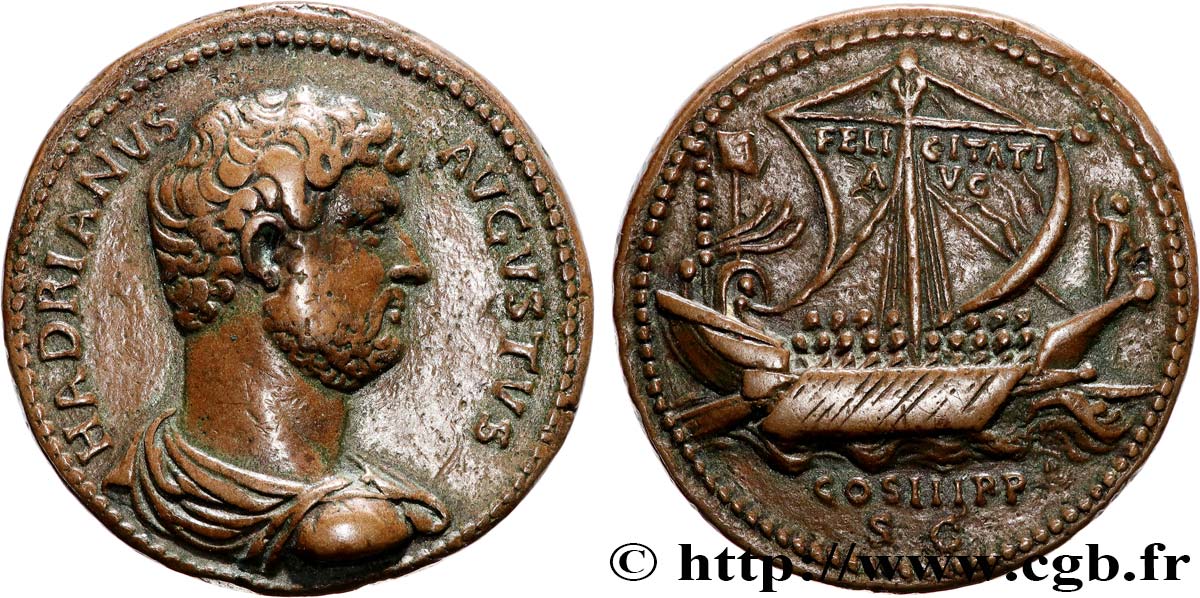
 Report a mistake
Report a mistake Print the page
Print the page Share my selection
Share my selection Ask a question
Ask a question Consign / sell
Consign / sell
 Full data
Full data


